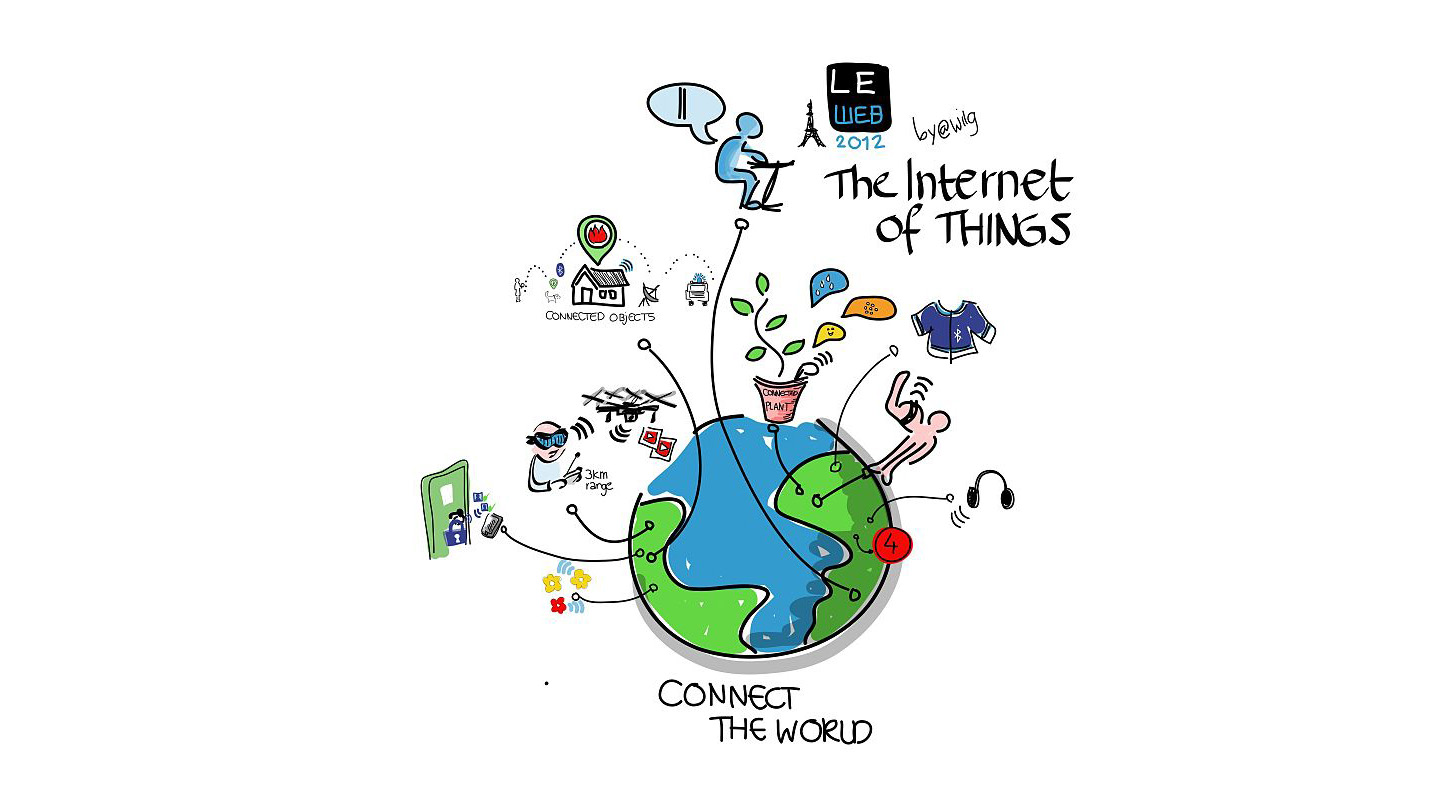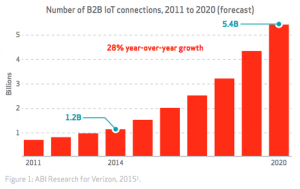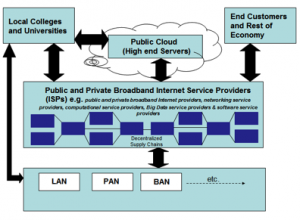This has been originally published on EBN
The upcoming Internet of Things (IoT) revolution hopes to extend the end node far beyond the human-centric world to encompass specialized devices with human-accessible interfaces. As IoT grows, the need for real-time scalability to handle dynamic traffic bursts also would increase.
IoT opportunities reach from applications such as smart home thermostats and blood pressure monitors to even those which lack human interfaces altogether, including industrial sensors, network-connected cameras and traditional embedded systems. Each of those IoT end nodes requires connectivity, processing, and storage, some local, some in the cloud. This means scalability, reliability, security, compliance and application elasticity to adapt to dynamic requirements and ever-changing workloads.
Analysts agree that the growth related to these changes will be remarkable. According to ABI Research, the IoT market is predicated to achieve 5.4 billion connections worldwide by 2020, up from 1.2 billion devices today.
In my upcoming book titled Sustaining Moore’s Law: Uncertainty leading to a Certainty of IoT Revolution, I intend to present an approach to make this IoT revolution a success by means of ensuring that the purchasing power of consumers keeps increasing in an economy. Only when the consumer demand rises through growth in wages, as compared to luring consumers into debt, can the economic demand remain sustainable.
When such free market economic reforms become a reality in United States as well as global economy, there will be an increased demand for more IoT products including thousands of medical devices in hospitals, smart utility meters, GPS-based location systems, fitness trackers, toll readers, motion detector security cameras, smoke detectors, embedded systems, etc.
To ensure that IoT leads to a balanced economic growth in which there is a sustainable growth for every end node on the Internet, private network, and the servers for central systems connect to the private or public cloud, mass capitalism recommends a three tier business model. In such a model, the upper industrial tier would include servers, which need huge capital investments and constant upgrade. The middle industrial tier would include the public and private broadband Internet providers, networking service providers, computational service providers, and big data service providers, as well as other software service providers. The lower industrial tier would be the small businesses who can be connected via a network or be individually addressable network (which could be a LAN, PAN, body area network, etc.)
As I explain in Mass Capitalism: A Blueprint for Economic Revival, the existing business models in semiconductor industry have not taken into consideration the macroeconomic cycles of nature. Hence, the semiconductor industry has not been able to solve the problem of unemployment in economic downturns. Low unemployment is key to economic stability and for a robust growth of domestic consumer demand.
Only by means of establishing a true free market economycan consumer demand grow in a sustainable way so that even the producers would keep investing in better products to cater to the needs of consumers. The IoT specifications also call for lower power devices so that it becomes feasible to have several devices connect each other in close proximity leading to a strong focus on local economic development.
These decentralized supply chains can result in robust growth of local economies, which would further boost the success of IoT revolution. Further, this approach would also make the semiconductor supply chains more efficient. In this way, mass capitalism would result in IoT revolution becoming a grand success story for global high tech industry and global economy.
Additionally, when the consumer purchasing power keeps growing, there would be an incentive for semiconductor foundries to make investments towards the progress of Moore’s law as well as transition to 450 mm diameter silicon wafers. In this way, mass capitalism would enable not just IoT revolution but it would also ensure sustainable progress of Moore’s Law to overcome its present day economic limits.
Professor Ravi Batra called IoT a wave of the future. He mentioned that this free market system would evolve on its own as $12 trillion printed by US government and US Federal Reserve have not been able to restore economic conditions that existed in United States back in 2006. Without ensuring a prosperity of both producers and consumers, the IoT revolution can never succeed. Hence, mass capitalism is a potential way forward for success of the IoT revolution.
My forecast is that it will be not only the semiconductor foundries, fabless semiconductor companies, Internet companies but also the consumers (who constitute 70% of consumer demand in U.S. economy), who would bring about mass capitalism based free market reforms. Crony capitalism is presently in its last stages of survival in U.S. economy and it is about to disappear from United States very similar to the way Soviet Communism disappeared from Soviet Union in 1991 when its creditors (many of whom were major German banks) stopped making loans and started demanding repayments, causing the Soviet economy to collapse.
The cause of failure of communism was no different than what is presently happening with U.S. crony capitalism. Communism disappeared due to former U.S.S.R. defaulting on its debt when German banks came asking for it to repay its debt and crony capitalism has resulted in highest U.S. national debt of more than 18 trillion dollars.
Today, major creditors of United States like China seems to have lost their confidence in the ability of U.S. to repay its debts and have planned to introduce a China-led international bank to end to dominance of United States dollar as global trade currency.
Today, global institutions, including the International Monetary Fund (IMF) and the World Bank, have endorsed a China-led international bank, despite opposition from the U.S. This move itself has a potential to bring about a collapse of U.S. crony capitalism leading to a global macroeconomic crisis. The inefficient U.S. congress and its federal reserve could not restore a free market economy in order to reduce the growing gap between wages and productivity in US economy.
Either the U.S. would have to adopt timely free market reforms to get rid of monopoly capitalism as mentioned by professor Ravi Batra in his publication End Unemployment Now: How to Eliminate poverty, Debt and Joblessness Despite Congress or its citizens and business leaders should be willing to witness a Soviet Style economic collapse which would be very painful for entire U.S. economy. In these tough times, mass capitalism presents a free market solution for the revival of high tech industry in United States and lead to exponential growth of the IoT sector.




Recent Comments